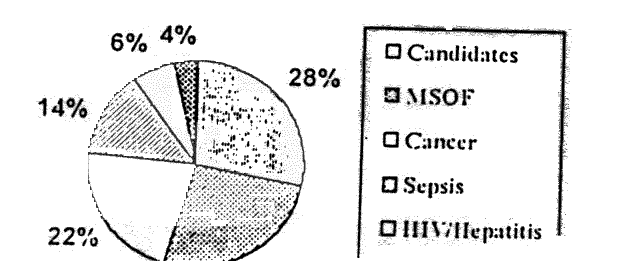
| 11 th Annual Pediatric Critical Care Colloquium |
| Session/Time | Patient Care/Sat, 3:00 - 4:00 PM |
| Title | Pediatric Nonbeartbeating Organ Donor Protocol |
| Author | TK Koogler, MD; AT Costarino, Jr, MD |
| Affiliation | Department of Anesthesia and Critical Care Medicine, The Children's Hospital of Philadelphia, Philadelphia, PA |
| Introduction | To identify the population of patients who would qualify as potential nonheartbeatinc, organ donors (NBBDS) and describe a pediatric NBBD protocol. |
| Method | We retrospectively analyzed the 6)'07 admissions to the pediatric intensive care unit at The Children's Hospital of Philadelphia from January 1992 to July 1996 to identify all deaths. The hospital charts of the children who had died were then reviewed to determine the mode of death, (brain death, died despite maximal support, do-not-resuscitate, or withdrawal of life-support). The charts of children who had life- support withdrawn were then assessed to determine suitability for NHBD. Criteria for NHBD included the decision to forego life-sustaining therapy, absence of hepatitis, HIV, extracrantal malignancy or multi- system organ failure (MSOF), and death occurring within two hours of withdrawal of life support |
| Result | Of 19 deaths, 102(32%) died with resuscitation, 84(26%) were brain dead, 22(7%) had do-not-resuscitate orders, and I I I(35%) had withdrawal of life-support. Chart I shows that 31 patients (28%) who had life support withdrawn qualified as NEBDS. Only four patients were not candidates because of the time until death. |
| Conclusion | Children who meet the
stated criteria are good candidates for iNMDs. A protocol is described to outline this
form of organ donation. Chart 1: Patients who had withdrawal of life-support and their NHBD eligibility status. |

Use your browser's back button to return to the appropriate index of abstracts...
Back to PCCC 98 Abstract Introduction | Back to PCCC 1998
Document created April 12, 1999